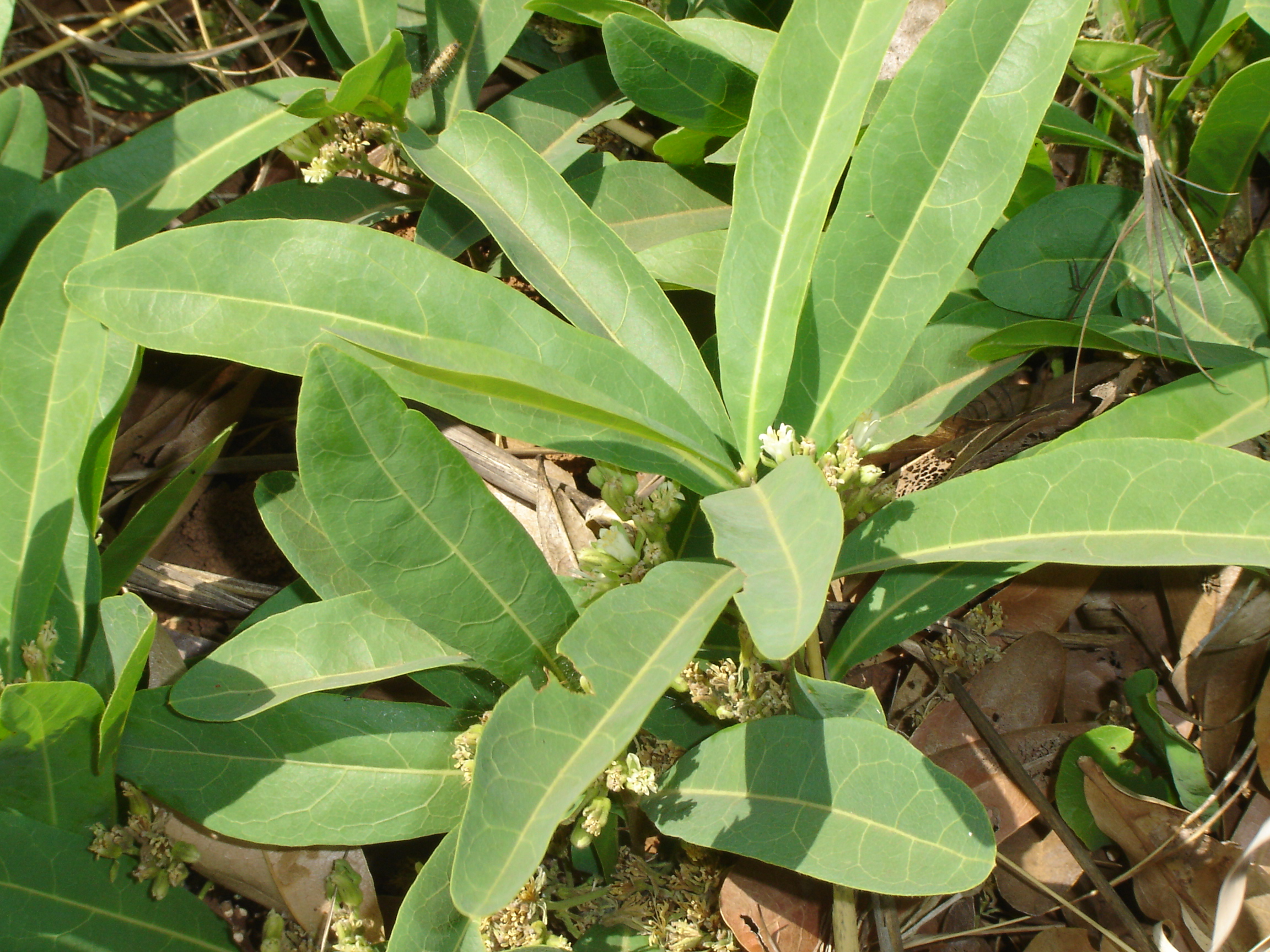|
1,3-Difluoro-2-propanol
1,3-Difluoro-2-propanol is a metabolic poison which disrupts the citric acid cycle and is used as a rodenticide Rodenticides are chemicals made and sold for the purpose of killing rodents. While commonly referred to as "rat poison", rodenticides are also used to kill mice, squirrels, woodchucks, chipmunks, porcupines, nutria, beavers, and voles. Despite ..., similar to sodium fluoroacetate. It is the main ingredient (along with 1-chloro-3-fluoro-2-propanol) in the rodenticide product Gliftor which was widely used in the former USSR and still approved in China. References {{DEFAULTSORT:Difluoro-2-propanol, 1,3- Rodenticides Fluorohydrins Respiratory toxins ... [...More Info...] [...Related Items...] OR: [Wikipedia] [Google] [Baidu] |
Rodenticide
Rodenticides are chemicals made and sold for the purpose of killing rodents. While commonly referred to as "rat poison", rodenticides are also used to kill mice, squirrels, woodchucks, chipmunks, porcupines, nutria, beavers, and voles. Despite the crucial roles that rodents play in nature, there are times when they need to be controlled. Some rodenticides are lethal after one exposure while others require more than one. Rodents are disinclined to gorge on an unknown food (perhaps reflecting an adaptation to their inability to vomit), preferring to sample, wait and observe whether it makes them or other rats sick. This phenomenon of poison shyness is the rationale for poisons that kill only after multiple doses. Besides being directly toxic to the mammals that ingest them, including dogs, cats, and humans, many rodenticides present a secondary poisoning risk to animals that hunt or scavenge the dead corpses of rats. Classes of rodenticides Anticoagulants Anticoagulants a ... [...More Info...] [...Related Items...] OR: [Wikipedia] [Google] [Baidu] |
Poison
Poison is a chemical substance that has a detrimental effect to life. The term is used in a wide range of scientific fields and industries, where it is often specifically defined. It may also be applied colloquially or figuratively, with a broad sense. Whether something is considered a poison may change depending on the amount, the circumstances, and what living things are present. Poisoning could be accidental or deliberate, and if the cause can be identified there may be ways to neutralise the effects or minimise the symptoms. In biology, a poison is a chemical substance causing death, injury or harm to organisms or their parts. In medicine, poisons are a kind of toxin that are delivered passively, not actively. In industry the term may be negative, something to be removed to make a thing safe, or positive, an agent to limit unwanted pests. In ecological terms, poisons introduced into the environment can later cause unwanted effects elsewhere, or in other parts of the fo ... [...More Info...] [...Related Items...] OR: [Wikipedia] [Google] [Baidu] |
Citric Acid Cycle
The citric acid cycle (CAC)—also known as the Krebs cycle or the TCA cycle (tricarboxylic acid cycle)—is a series of chemical reactions to release stored energy through the oxidation of acetyl-CoA derived from carbohydrates, fats, and proteins. The Krebs cycle is used by organisms that respire (as opposed to organisms that ferment) to generate energy, either by anaerobic respiration or aerobic respiration. In addition, the cycle provides precursors of certain amino acids, as well as the reducing agent NADH, that are used in numerous other reactions. Its central importance to many biochemical pathways suggests that it was one of the earliest components of metabolism and may have originated abiogenically. Even though it is branded as a 'cycle', it is not necessary for metabolites to follow only one specific route; at least three alternative segments of the citric acid cycle have been recognized. The name of this metabolic pathway is derived from the citric acid (a ... [...More Info...] [...Related Items...] OR: [Wikipedia] [Google] [Baidu] |
Sodium Fluoroacetate
Sodium fluoroacetate is an organofluorine chemical compound with the formula FCH2CO2Na. This colourless salt has a taste similar to that of sodium chloride and is used as a rodenticide. History and production The effectiveness of sodium fluoroacetate as a rodenticide was reported in 1942. The name "1080" refers to the catalogue number of the poison, which became its brand name. The salt is synthesized by treating sodium chloroacetate with potassium fluoride. Both sodium and potassium salts are derivatives of fluoroacetic acid. Natural occurrence Fluoroacetate occurs naturally in at least 40 plants in Australia, Brazil, and Africa. It is one of only five known organic fluorine-containing natural products. Fluoroacetate occurrence in ''Gastrolobium'' species '' Gastrolobium'' is a genus of flowering plants in the family Fabaceae. This genus consists of over 100 species, and all but two are native to the southwest region of Western Australia, where they are known as "poiso ... [...More Info...] [...Related Items...] OR: [Wikipedia] [Google] [Baidu] |

